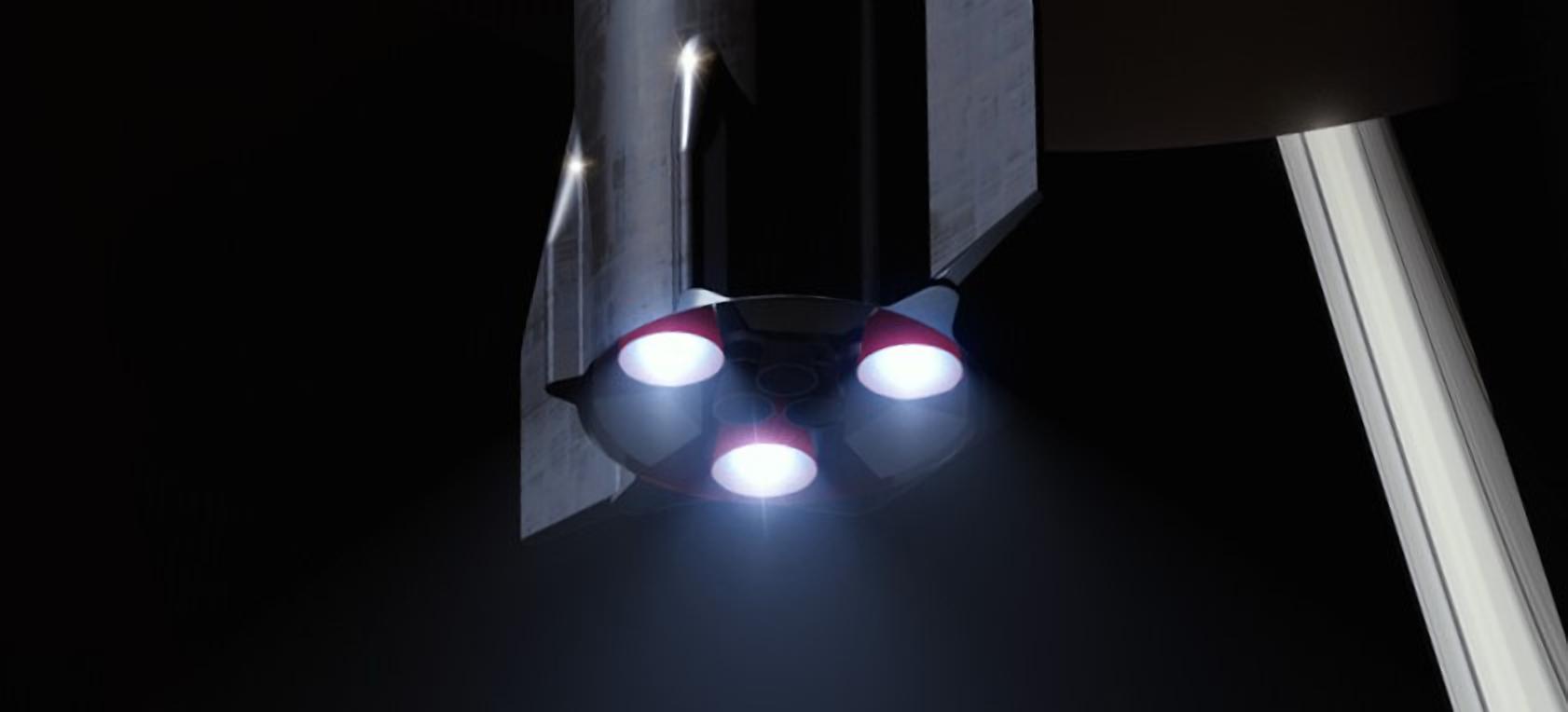
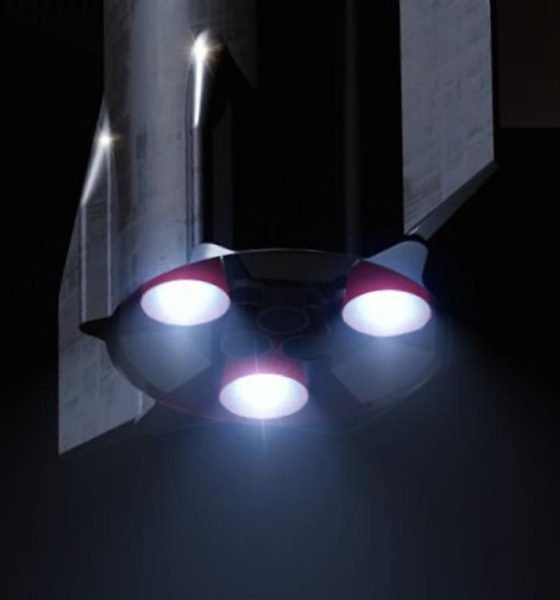
News
SpaceX’s first orbital Starship rocket engine is almost ready for testing
CEO Elon Musk says that SpaceX is “about a month away” from testing a rocket engine that will be essential for Starship and its Super Heavy booster to reach their full potential.
Known as Raptor Vacuum, the engine – as its name suggests – is a variant of the base Raptor engine optimized for maximum performance and efficiency in the vacuum of space. Although Starship could technically still function and likely reach orbit with only sea level-optimized Raptors installed, it would likely significantly limit the amount of payload it could carry into Earth orbit and would especially harm the ship’s performance to higher orbits and other planets.
Back in May 2019, Musk revealed that SpaceX had shifted gears again, forgoing a plan to begin orbital Starship flight operations with only sea level Raptors, gradually designing and phasing in RaptorVac engines much further down the road. Instead, SpaceX restarted (relatively) urgent work on the vacuum variant and Musk hinted that it would “aspirationally” be ready to support launches in the near term. A few weeks shy of a year later, Musk says that Raptor Vacuum testing could begin as early as June 2020.
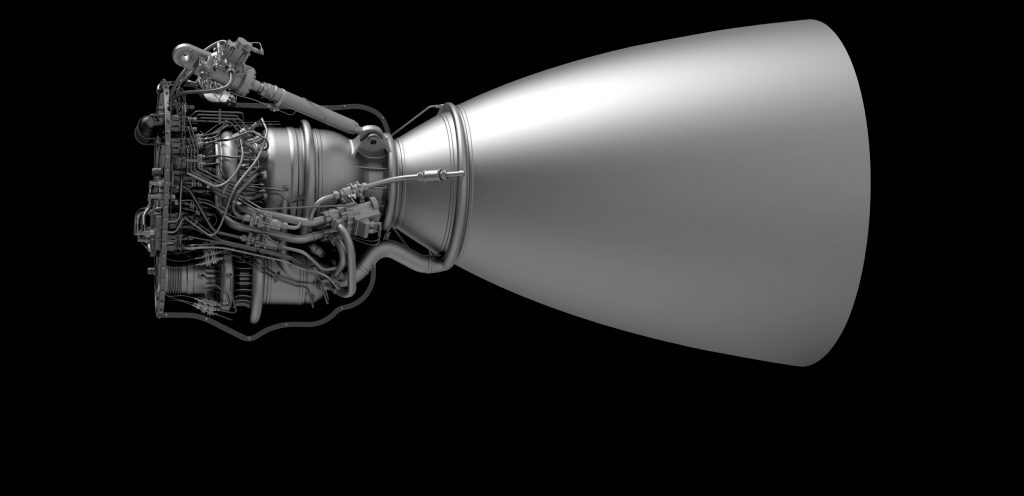
For a variety of reasons, even if based directly off of an existing design, vacuum-optimized engines are typically much more complex than a comparable sea level variant. While efficiency is always relatively important for rocket engine design, it becomes even more paramount when dealing with vacuum rocketry, as the entire point of a dedicated vacuum-optimized engine is to eke as much efficiency as possible out of a launch vehicle’s orbital stage(s).
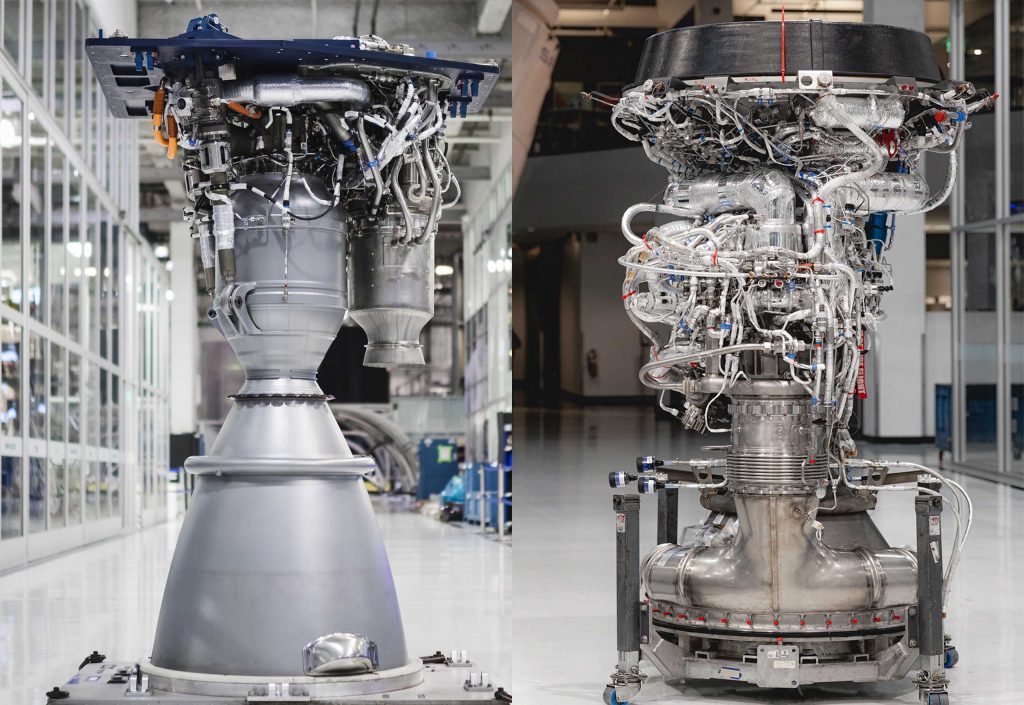
For example, even from a purely visual perspective, Merlin Vacuum (MVac) is substantially different when compared to the Merlin 1D engine it’s based on. Due to a number of major and largely unknown differences, the engines’ shared components are largely invisible. It’s unclear how similar they are but it’s safe to say that they share at least ~50% commonality. Obviously, the most apparent part of the difference between a vacuum-optimized engine and an atmosphere-optimized engine is the bell nozzle: MVac has a nozzle that is dramatically larger than M1D.
Raptor will be no different, with the sea-level variant featuring a nozzle about 1m (3.2 ft) in diameter, whereas RaptorVac’s bell will have a diameter closer to 2.5m (~8 ft). With SpaceX’s apparent May 2019 pivot back to working on RaptorVac now, the company has been working on a dedicated vacuum variant of the high-performance methane-oxygen engine for at least a full year. Now, perhaps beginning as early as June or July, Musk suggests that the first RaptorVac engine (SN0? SN1?) is almost ready to commence static fire testing.

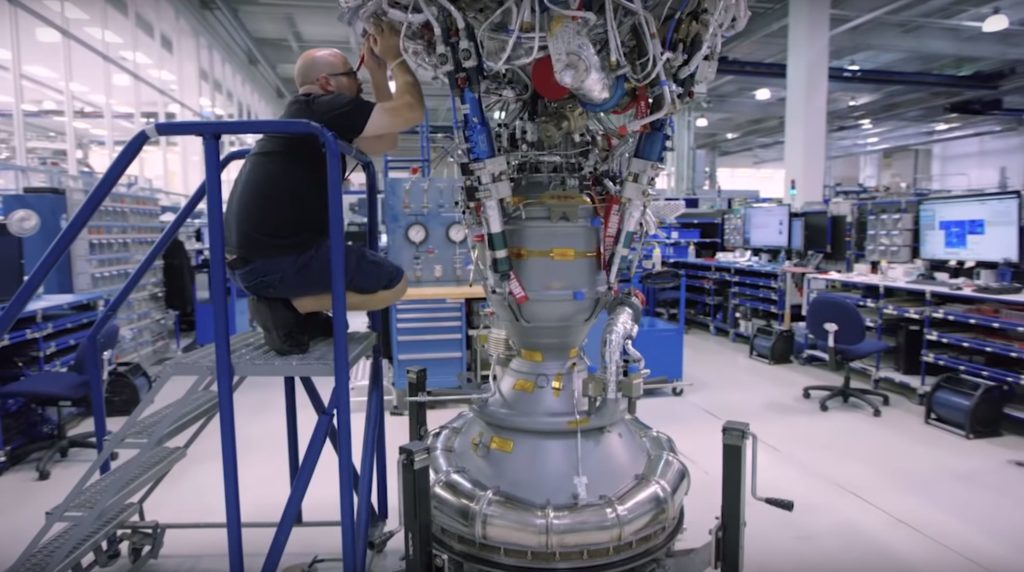

The nature of that testing is a bit of a mystery. While it will almost certainly occur at SpaceX’s McGregor, Texas test and development facilities, it’s unclear if Raptor Vacuum’s first static fire test campaign will be attempted with the engine’s extended nozzle installed. Back in October 2019, Musk suggested that yes, Raptor Vacuum version 1.0 would have a nozzle small enough to operate at sea level without destroying itself or its test facilities. With Merlin Vacuum engines, SpaceX performs acceptance tests in Texas but only without their nozzle extensions installed. If Musk’s October 2019 comments remain true, that may not be the case for RaptorVac.
Either way, it will be thoroughly interesting to note the differences between RaptorVac and its sea level-optimized predecessor if or when Elon Musk or SpaceX releases photos of their newest engine as it nears its first major tests. Simultaneously, SpaceX is also readying a sea-level Raptor for its inaugural static fire test while attached to a full-scale Starship prototype, while the first test with three Raptor engines installed could be attempted just a few weeks from now.

News
Tesla (TSLA) receives “Buy” rating and $551 PT from Canaccord Genuity
He also maintained a “Buy” rating for TSLA stock over the company’s improving long-term outlook, which is driven by autonomy and robotics.

Canaccord Genuity analyst George Gianarikas raised his Tesla (NASDAQ:TSLA) price target from $482 to $551. He also maintained a “Buy” rating for TSLA stock over the company’s improving long-term outlook, which is driven by autonomy and robotics.
The analyst’s updated note
Gianarikas lowered his 4Q25 delivery estimates but pointed to several positive factors in the Tesla story. He noted that EV adoption in emerging markets is gaining pace, and progress in FSD and the Robotaxi rollout in 2026 represent major upside drivers. Further progress in the Optimus program next year could also add more momentum for the electric vehicle maker.
“Overall, yes, 4Q25 delivery expectations are being revised lower. However, the reset in the US EV market is laying the groundwork for a more durable and attractive long-term demand environment.
“At the same time, EV penetration in emerging markets is accelerating, reinforcing Tesla’s potential multi‑year growth runway beyond the US. Global progress in FSD and the anticipated rollout of a larger robotaxi fleet in 2026 are increasingly important components of the Tesla equity story and could provide sentiment tailwinds,” the analyst wrote.
Tesla’s busy 2026
The upcoming year would be a busy one for Tesla, considering the company’s plans and targets. The autonomous two-seat Cybercab has been confirmed to start production sometime in Q2 2026, as per Elon Musk during the 2025 Annual Shareholder Meeting.
Apart from this, Tesla is also expected to unveil the next-generation Roadster on April 1, 2026. Tesla is also expected to start high-volume production of the Tesla Semi in Nevada next year.
Apart from vehicle launches, Tesla has expressed its intentions to significantly ramp the rollout of FSD to several regions worldwide, such as Europe. Plans are also underway to launch more Robotaxi networks in several more key areas across the United States.
News
Waymo sues Santa Monica over order to halt overnight charging sessions
In its complaint, Waymo argued that its self-driving cars’ operations do not constitute a public nuisance, and compliance with the city’s order would cause the company irreparable harm.

Waymo has filed a lawsuit against the City of Santa Monica in Los Angeles County Superior Court, seeking to block an order that requires the company to cease overnight charging at two facilities.
In its complaint, Waymo argued that its self-driving cars’ operations do not constitute a public nuisance, and compliance with the city’s order would cause the company irreparable harm.
Nuisance claims
As noted in a report from the Los Angeles Times, Waymo’s two charging sites at Euclid Street and Broadway have operated for about a year, supporting the company’s growing fleet with round-the-clock activity. Unfortunately, this has also resulted in residents in the area reportedly being unable to sleep due to incessant beeping from self-driving taxis that are moving in and out of the charging stations around the clock.
Frustrated residents have protested against the Waymos by blocking the vehicles’ paths, placing cones, and “stacking” cars to create backups. This has also resulted in multiple calls to the police.
Last month, the city issued an order to Waymo and its charging partner, Voltera, to cease overnight operations at the charging locations, stating that the self-driving vehicles’ activities at night were a public nuisance. A December 15 meeting yielded no agreement on mitigations like software rerouting. Waymo proposed changes, but the city reportedly insisted that nothing would satisfy the irate residents.
“We are disappointed that the City has chosen an adversarial path over a collaborative one. The City’s position has been to insist that no actions taken or proposed by Waymo would satisfy the complaining neighbors and therefore must be deemed insufficient,” a Waymo spokesperson stated.
Waymo pushes back
In its legal complaint, Waymo stated that its “activities at the Broadway Facilities do not constitute a public nuisance.” The company also noted that it “faces imminent and irreparable harm to its operations, employees, and customers” from the city’s order. The suit also stated that the city was fully aware that the Voltera charging sites would be operating around the clock to support Waymo’s self-driving taxis.
The company highlighted over one million trips in Santa Monica since launch, with more than 50,000 rides starting or ending there in November alone. Waymo also criticized the city for adopting a contentious strategy against businesses.
“The City of Santa Monica’s recent actions are inconsistent with its stated goal of attracting investment. At a time when the City faces a serious fiscal crisis, officials are choosing to obstruct properly permitted investment rather than fostering a ‘ready for business’ environment,” Waymo stated.
News
Tesla FSD v14.2.2 is getting rave reviews from drivers
So far, early testers have reported buttery-smooth drives with confident performance, even at night or on twisty roads.

Tesla Full Self-Driving (Supervised) v14.2.2 is receiving positive reviews from owners, with several drivers praising the build’s lack of hesitation during lane changes and its smoother decision-making, among others.
The update, which started rolling out on Monday, also adds features like dynamic arrival pin adjustment. So far, early testers have reported buttery-smooth drives with confident performance, even at night or on twisty roads.
Owners highlight major improvements
Longtime Tesla owner and FSD user @BLKMDL3 shared a detailed 10-hour impression of FSD v14.2.2, noting that the system exhibited “zero lane change hesitation” and “extremely refined” lane choices. He praised Mad Max mode’s performance, stellar parking in locations including ticket dispensers, and impressive canyon runs even in dark conditions.
Fellow FSD user Dan Burkland reported an hour of FSD v14.2.2’s nighttime driving with “zero hesitations” and “buttery smooth” confidence reminiscent of Robotaxi rides in areas such as Austin, Texas. Veteran FSD user Whole Mars Catalog also demonstrated voice navigation via Grok, while Tesla owner Devin Olsen completed a nearly two-hour drive with FSD v14.2.2 in heavy traffic and rain with strong performance.
Closer to unsupervised
FSD has been receiving rave reviews, even from Tesla’s competitors. Xpeng CEO He Xiaopeng, for one, offered fresh praise for FSD v14.2 after visiting Silicon Valley. Following extended test drives of Tesla vehicles running the latest FSD software, He stated that the system has made major strides, reinforcing his view that Tesla’s approach to autonomy is indeed the proper path towards autonomy.
According to He, Tesla’s FSD has evolved from a smooth Level 2 advanced driver assistance system into what he described as a “near-Level 4” experience in terms of capabilities. While acknowledging that areas of improvement are still present, the Xpeng CEO stated that FSD’s current iteration significantly surpasses last year’s capabilities. He also reiterated his belief that Tesla’s strategy of using the same autonomous software and hardware architecture across private vehicles and robotaxis is the right long-term approach, as it would allow users to bypass intermediate autonomy stages and move closer to Level 4 functionality.








